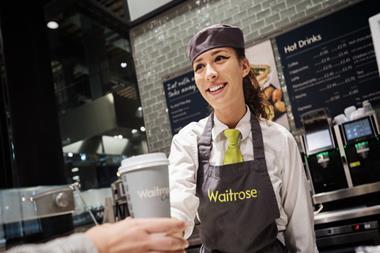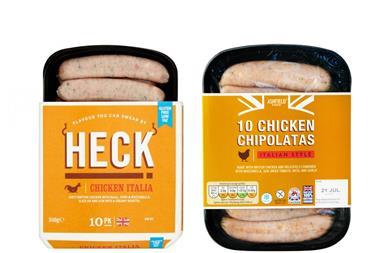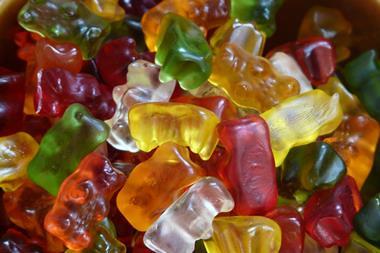
Snacking. It’s something the majority of us do. We look forward to elevenses to up our energy levels when 12 o’clock just feels too far away, and after lunch to stave off the 4pm slump. For many years, chocolate, sweets, crisps and soft drinks were the traditional go-to-snacks for British consumers.
But in recent times, particularly the past five years, there’s been a dramatic shift in the snacking world that reflects wider social trends towards healthy living and shifting preferences around protein and sugar consumption. Consumers have more snack choice than ever these days and it’s changing the way they think. Premium snacks are just one subcategory that’s emerged in recent years.
But what makes a brand premium? A common assumption is that price is the key differentiator for consumers. However, our recent Nielsen Global Premiumisation Report shows cost is actually low down on consumers’ perceptions of what makes a product premium. In fact, 40% of shoppers say they expect to pay a premium for healthy and functional snacks.
The decisive factor is actually what should be the most obvious: the quality of the product, and whether it is made with high-quality ingredients. Although in some ways obvious, these findings are emblematic of a change in consumer opinions about the food they eat.
Thanks to wider social trends towards healthier living, shoppers are more conscious and informed about the ingredients in the products they buy. We are seeing a rise in organic products and ‘free-from’ alternatives in the market.
Take for example the number of products with ‘free-from’ claims. Our Nielsen Brandbank data shows that in 2017 it hit its peak with 22,960 products, compared with 20,679 in 2016. Paired with the fact that almost a third of shoppers claim they buy free-from due to personal taste rather than food intolerance, it’s therefore vital that health remains a key part of the snacking agenda in order for brands to find success in marketing to their consumers.
So where does this leave brands and private labels? Snacking has traditionally been led by brands and is a heartland for multinationals operating in the core snacking categories around the store today. In part, the rate of innovation, depth of range and quality perception has kept the share gap between brands and private label.
However, we’ve seen a big push by private label into snacking. They are entering this part of the store with premium products, helping to drive the quality perception aside, and pick up a valuable portion of the snacking pie.
The snacking category is worth £18bn today and is growing at 0.3% in value. Big brands set the benchmark and tone for the category. Snacking has a high level of innovation and the speed of reaction means that brands need to invest in NPD to drive the category forward and maintain their role at the fixture. Those who succeed will need to be honest, clear and consistent with their brand communication and respond to consumer demand by prioritising high-quality ingredients.
Joanna Parman is sales effectiveness business partner at Nielsen



















1 Readers' comment